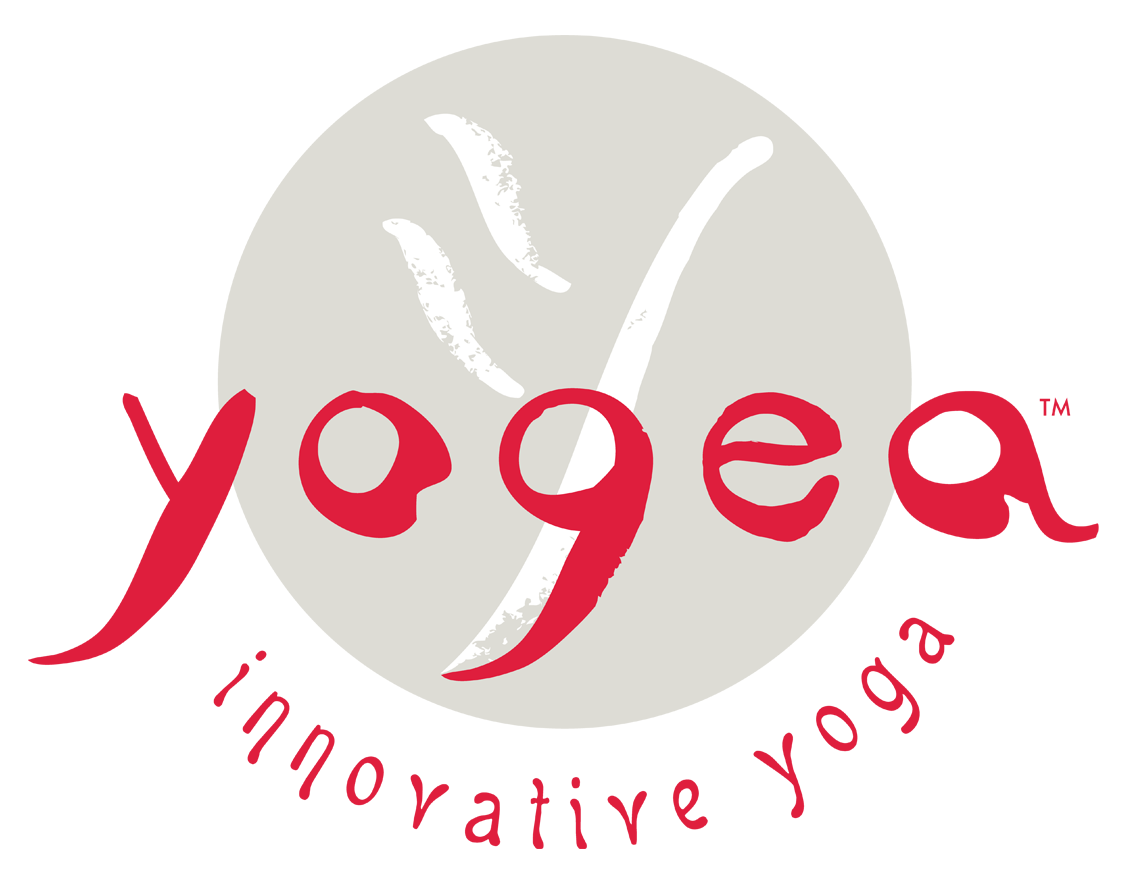180 Flip
I like the concept of reading intriguing facts on the flip sides of organic “Kombucha” bottle caps, on the tea-bag paper tails of “Celestial Seasonings”, or on Star Bucks paper mugs. It’s fresh and fun, and like a dharma nugget serendipitously draws one’s attention to aspects of our life we need to reconsider or transform. Recently, I read one of those least known facts on the inside cap of a Snapple bottle: “Bats and slots are the only creatures on Earth who will never suffer from osteoarthritis.” Guess why? Well, because inversion is their natural habitat. I still recall myself as a fledgling yogini 17 years ago having a hard time with all the inversions. I was scared of headstands, thought the pressure would pierce my crown, hated shoulder-stand as it made me feel dizzy, couldn’t stand plow, ‘cause I couldn’t breathe.
I must have matured because today inversions are my favorite postures to hold. Basically, an inversion is the pose in which you hold your heart higher than your head. Flipped upside down I often get flashes of instant enlightenment and find the strength to forge a perceptual shift. My most creative ideas dawn on me while I invert. It’s like viewing the same reality through a different angle – the top and bottom become relative and your body turns into a membrane of changing consciousness suspended between the Earth and the sky. I feel my brain is purged and my thoughts more lucid. I can breathe deeper and scan the body for tension knots that need to be released. All of a sudden all the worries of the day, the build in tension dissolves through the breath and I can feel a delicate tingling in my extremities, a full cleanse of my organs, glands and cells. It’s a complete deprogramming, and it asks me to never cling to a single point of view, but instead appreciate the whirlpool of possibilities that every moment offers.
Physically, hanging upside down utilizes the Earth’s gravity to stretch the muscles and relieve stress. Gravity pulls the blood from your lower body sending it through the cardiovascular system to improve circulation. In turn the spine decompresses and postural alignment improves. Inversion therapy helps the body recover from the compressive effects of gravity and daily pressure. Inversions stimulate the juice of the central nervous system that flows from the brain to the spinal cord. This increased flow provides more oxygen and nutrients, helping the brain function much faster and better. Headstand variations, for example, help calm the irritation and agitation brought on by hormonal fluctuations, pacify the mind, relax the nerves and renew energy. But besides the countless respiratory, spinal, digestive, hormonal, lymphatic benefits that inversions offer, I like to think of these “royal” poses as bottle openers. All life we acquire knowledge from the outside, allowing information and experience to flood our system. But there’s the reverse process, when we unearth our authenticity from the inside as we grow internally. Inversions work both ways from the inside-out and from the outside-in. They simply let our genie out of the bottle.
Yogea Inversions Routine: 180 Flip (intermediate level)
This Yogea Sequence targets key inversions. Standing, sitting and reclining postures are re-examined and performed with an inverted slant to relieve back and neck pain. A fluid flow of postures introduces practitioners into a gentle warm-up that prepares the cervical spine to perform a 180 degree flip. As a result the cardiovascular, lymphatic, endocrine and nervous systems are stimulated simultaneously. Shoulder openers and hamstring stretches, hip and glute openers, quad toners, balancing poses and mild twists are interspersed to create a well-rounded practice with an emphasis on reversal of gravity. The select inverted poses improve lung tissue quality by encouraging delivery of fresh blood to the heart. They promote efficient circulation by successfully ventilating the upper lungs and ensuring more oxygen-to-blood exchange that promotes healthier tissue, relieves the heart of some of the duties and temporarily lowers blood pressure and heart rate. The practice culminates into assuming the royal “asanas”, like shoulder-stand, headstand and plow, which are responsible for waste removal, immune-system response and fluid balance. The endocrine system is stimulated as hormone delivery increases. The thyroid and parathyroid glands perform with optimal efficiency, regulating the metabolism. The sequence also stimulates the pituitary gland, which is the master gland in charge of positive well-being. Stagnant blood in the body unclogs, bones are strengthened and skin tone is enhanced. Stress levels drop as the height of the individual is maintained and his core subtly toned. As a result there is sharper focus, calmer brain, improved sleep and digestion. The sequence ends with an inversion that drains the sinuses and the lymph system and moves blood back into the heart, improving concentration and memory and boosting clear thinking.
N.B. If you suffer from glaucoma, neck injuries or had a recent stroke in your medical history, or if you are menstruating, refrain from practicing inversions.

Leave a Reply